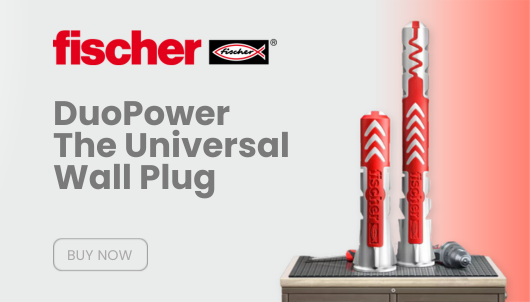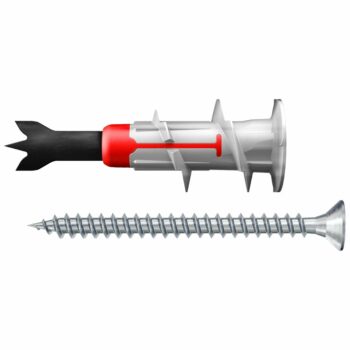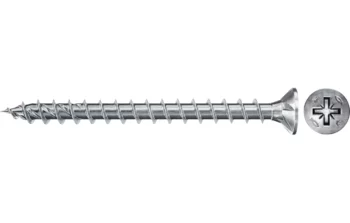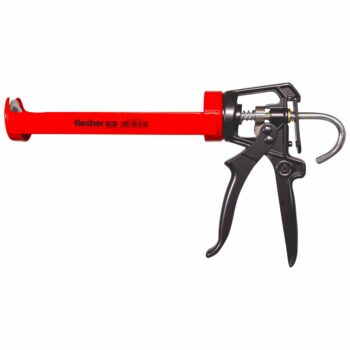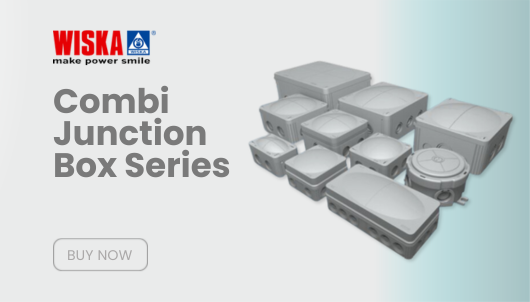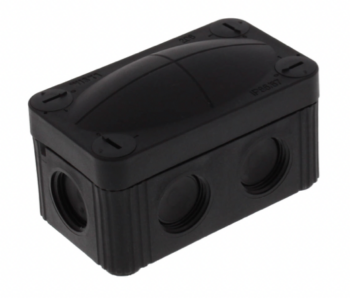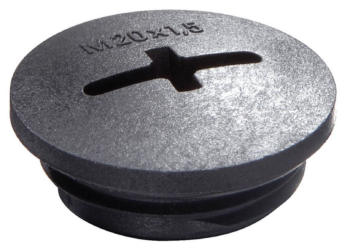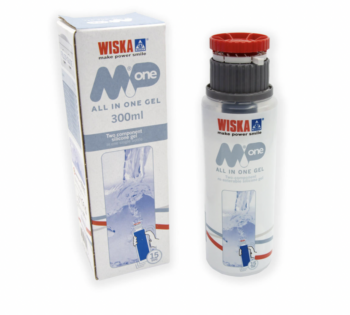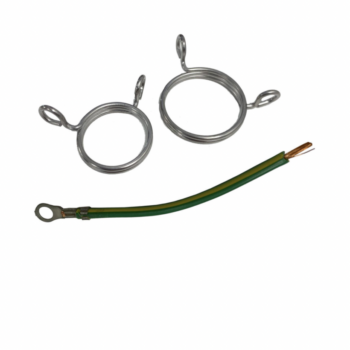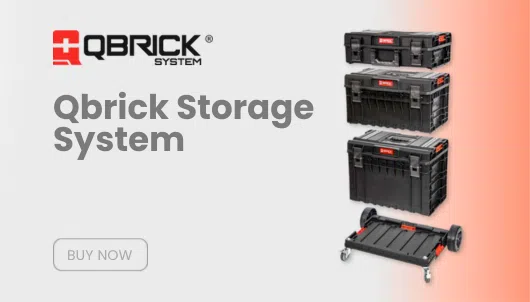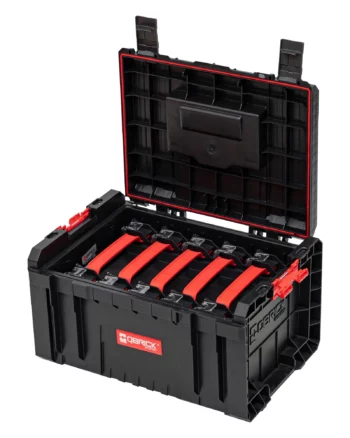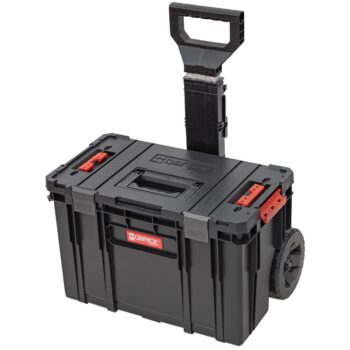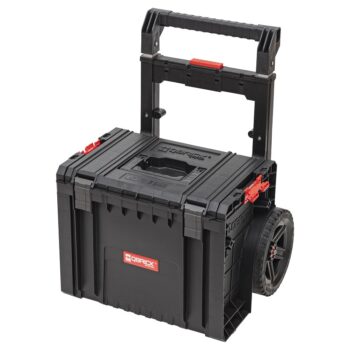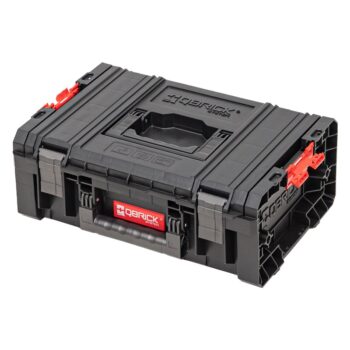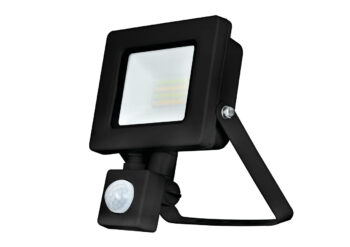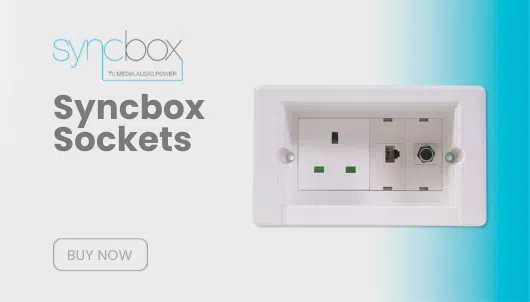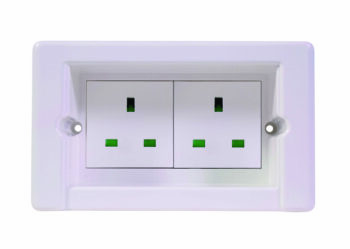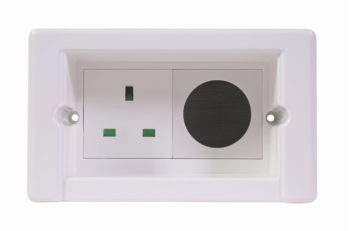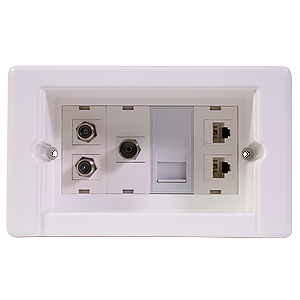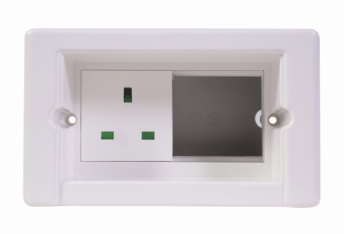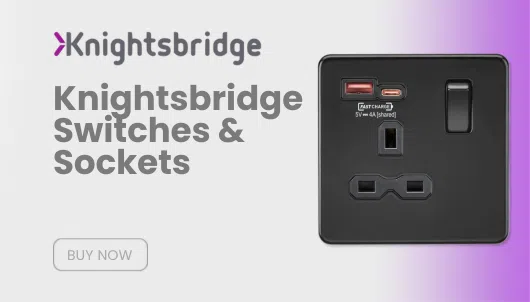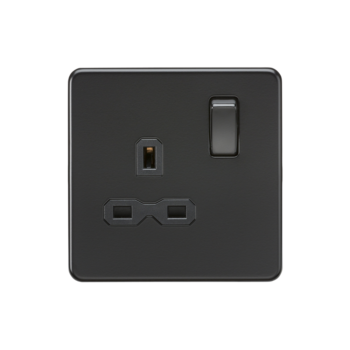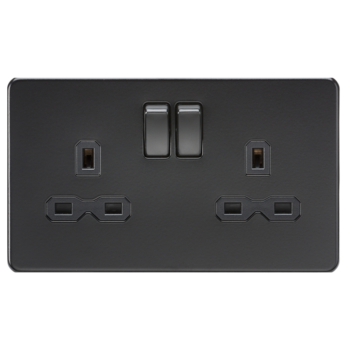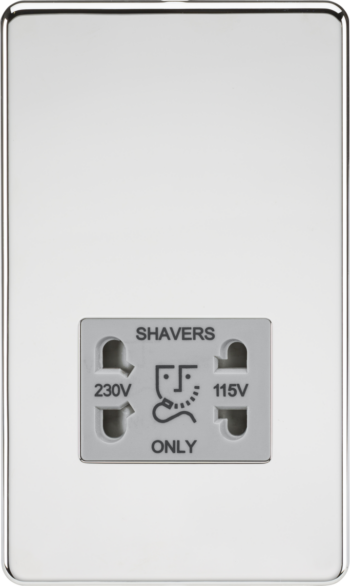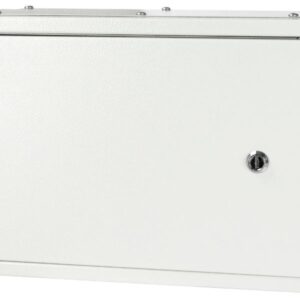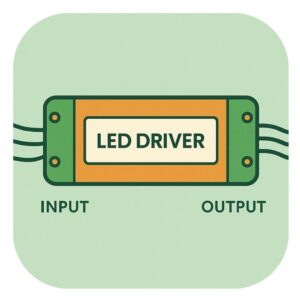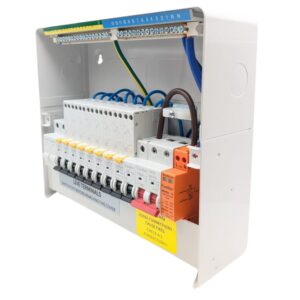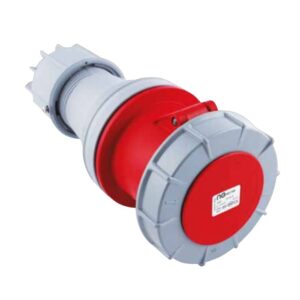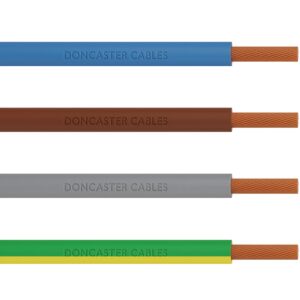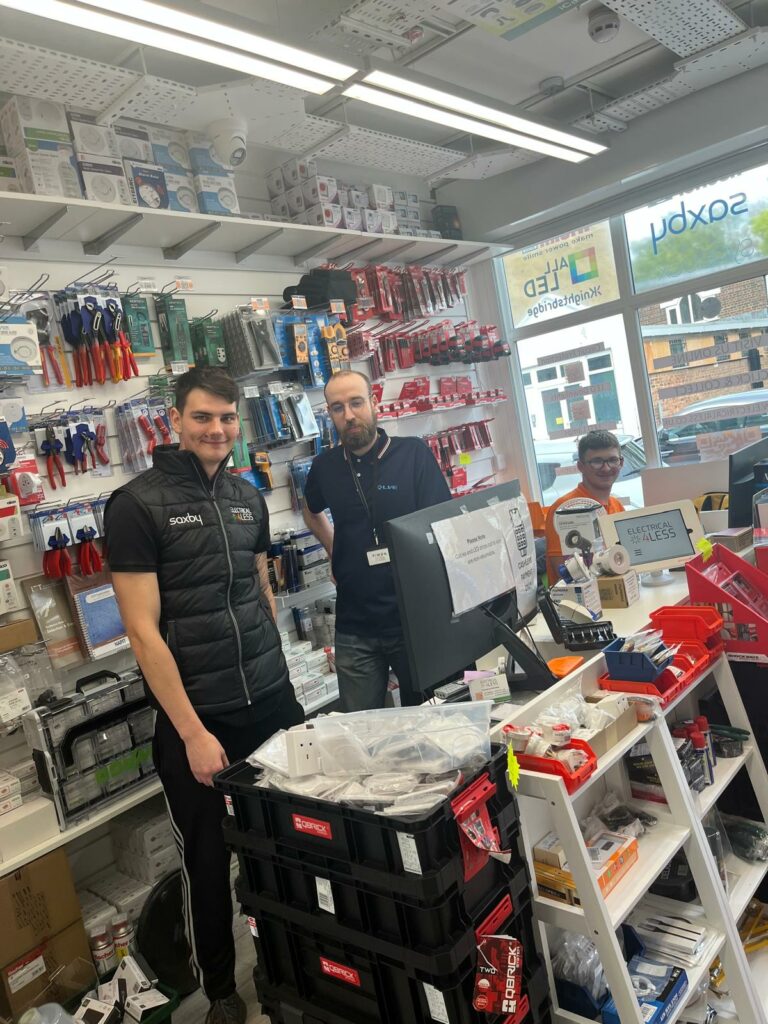Fusebox SPD: The Complete Guide to their Surge Protection
As technology progresses and homes and businesses become more connected, the need to protect sensitive electrical equipment has never been greater. Electrical surges—often caused by lightning strikes, power outages, or sudden shifts in demand—pose a significant threat to modern electrical systems and devices. This is where the Fusebox SPD (Surge Protection Device) comes into play. Designed to protect your circuits from damaging power surges, a Fusebox SPD is a critical component in today’s electrical installations.
In this guide, we’ll take a comprehensive look at Fusebox SPDs, exploring their purpose, how they work, why they’re essential, and how they align with UK safety standards. This article is perfect for homeowners, electricians, and property managers who want to understand the value of surge protection and why Fusebox SPDs should be a top choice for modern installations.
Table of contents
- Fusebox SPD: The Complete Guide to their Surge Protection
- What Is a Fusebox SPD?
- Why Surge Protection Matters
- How Does a Fusebox SPD Work?
- Fusebox SPD in Your Consumer Unit
- Key Features of Fusebox SPDs
- Types of Surges and Protection Levels
- UK Regulations on SPDs
- Installing Fusebox SPDs
- Future of Surge Protection Technology
- Conclusion
- FAQ
What Is a Fusebox SPD?
A Fusebox SPD, or Surge Protection Device, is an electrical safety device designed to protect your circuits and appliances from voltage spikes. Installed within a Fusebox consumer unit, an SPD absorbs or redirects excess energy from the power supply, preventing it from reaching and damaging sensitive electrical components.
SPDs are particularly valuable in environments with frequent electrical disturbances. They work by limiting the surge voltage that could otherwise lead to severe damage or degradation of electrical systems over time. In simple terms, a Fusebox SPD is like an invisible shield, actively defending your home or business from unexpected power surges.

Why Surge Protection Matters
Power surges are more common than many people realize, and they can cause substantial damage to both your property and your equipment. In the UK alone, there are thousands of incidents each year where surges have caused fires, damaged appliances, and even resulted in significant business downtime. Many everyday events can lead to a surge, including:
- Lightning strikes near power lines
- Switching operations by electrical companies
- High-powered devices (such as motors) turning on and off
- Unexpected outages or fluctuations in the grid
While no surge protection device can prevent these events, Fusebox SPDs can effectively manage and neutralize the surge, safeguarding your systems.
How Does a Fusebox SPD Work?
An SPD protects your electrical system by diverting or suppressing excess voltage when a surge occurs. Here’s a quick breakdown of how it works:
- Detection: When an SPD senses a surge, it immediately springs into action. Fusebox SPDs are highly responsive and engineered to detect surges in milliseconds.
- Dissipation or Diversion: The device either absorbs the surge voltage or redirects it safely to the ground, depending on its type.
- Return to Standby: Once the surge is neutralized, the SPD resets itself, ready to protect the system from the next surge.
The Science Behind Surge Protection
Surges can be incredibly quick, lasting only a fraction of a second. Despite their speed, the energy they carry is enough to cause irreversible damage. SPDs protect against this by utilizing components such as metal oxide varistors (MOVs) or gas discharge tubes, which react to high voltage and divert it safely away from sensitive parts of the circuit.
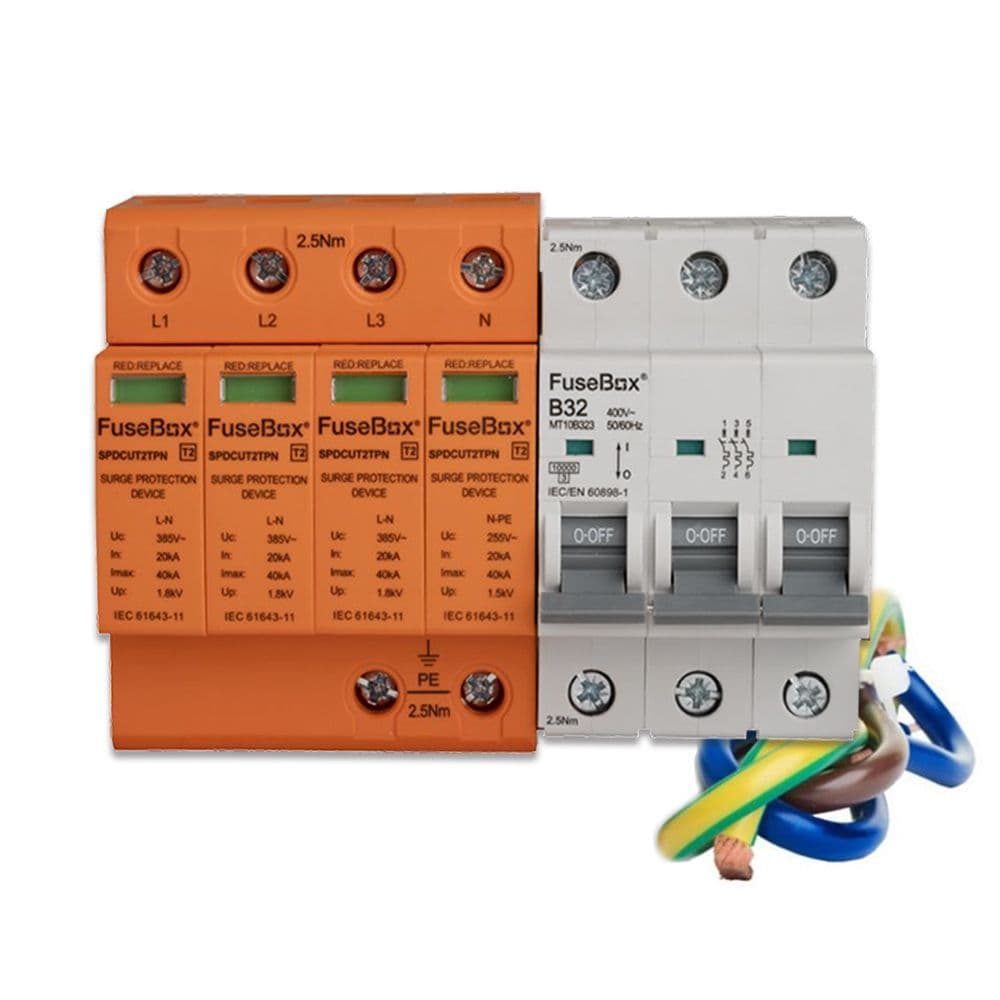
Fusebox SPD in Your Consumer Unit
Installing an SPD within your Fusebox consumer unit offers several advantages, from protecting the entire circuit to simplifying installation. By placing the SPD at the point of entry (main electrical panel), you can ensure maximum protection across all your home’s or building’s circuits. Here’s why Fusebox consumer units are ideal for SPDs:
- Centralized Protection: Installed at the consumer unit, the SPD can safeguard every connected appliance and device.
- Efficiency: By integrating with the consumer unit, SPDs provide broad and efficient protection without the need for separate units at each outlet.
- Convenience: Fusebox consumer units are designed for easy SPD installation, making them accessible and straightforward for electricians.
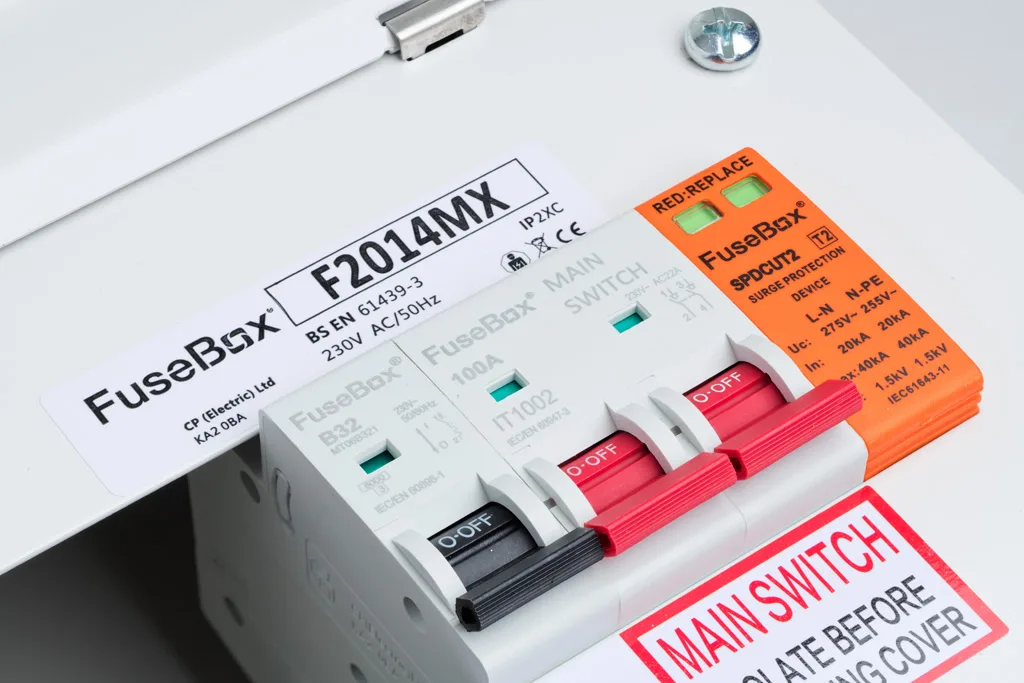
Key Features of Fusebox SPDs
Fusebox SPDs stand out due to their reliability, responsiveness, and adaptability to both residential and commercial settings. Some of the main features include:
- Rapid Response Time: Fusebox SPDs can detect and neutralize surges in milliseconds.
- High Surge Capacity: Designed to handle multiple types of surges, including large-scale lightning events and smaller internal surges.
- User-Friendly Design: Fusebox SPDs are easy to install and require minimal maintenance.
- LED Indicators: Many models feature visual indicators to show their operational status, making it easy for users to check if the SPD is functioning correctly.
Types of Surges and Protection Levels
Surges vary in magnitude, and understanding the type of surge is crucial when selecting an SPD. Here are the primary types of surges:
- External Surges: Typically caused by lightning or issues on the power grid, these are high-energy surges that require strong protection.
- Internal Surges: Often caused by large electrical loads switching on and off, such as motors or HVAC units.
Protection Levels in SPDs
Fusebox SPDs are classified into three types of protection levels:
- Type 1 SPD: This type is capable of handling direct lightning strikes, making it ideal for areas with high lightning risk.
- Type 2 SPD: Primarily protects against residual surges and is suitable for most homes and businesses.
- Type 3 SPD: Installed at the point of use, these provide additional localized protection, often used alongside Type 1 or Type 2.
For most UK properties, Type 2 SPDs are the standard choice, offering adequate protection for typical surge events without overloading the consumer unit.
UK Regulations on SPDs
As of the 18th Edition Wiring Regulations (BS 7671), the UK requires surge protection for most new installations in residential and commercial properties. The regulations mandate that SPDs be considered if a surge could cause:
- Injury or loss of life due to failure of safety equipment
- Interruption to public services
- Financial loss due to damaged equipment
When Is SPD Installation Required?
Under the 18th Edition regulations, SPD installation is necessary in several cases, especially where electrical surges could result in financial or safety risks. For example:
- Residential Buildings: In areas prone to lightning or where sensitive electronics are used, SPDs are recommended.
- Commercial Buildings: Offices with critical systems or IT infrastructure benefit from SPDs to prevent data loss and equipment damage.
Installing Fusebox SPDs
Installing a Fusebox SPD is straightforward for a qualified electrician, particularly when adding it to an existing consumer unit. Here are a few steps involved:
- Select the Right SPD: Choose an SPD type based on your building’s needs and the potential risks involved.
- Install at the Consumer Unit: Fusebox SPDs are designed for simple integration at the main electrical panel.
- Verify Grounding: Ensure proper grounding to maximize SPD efficiency and safety.
Installation Tips
While Fusebox SPDs are designed for easy installation, be sure to follow manufacturer instructions closely. Proper installation helps avoid tripping and ensures the device operates correctly.
Future of Surge Protection Technology
As the use of connected devices grows, the need for advanced surge protection will only increase. Future SPDs may incorporate even faster detection and improved durability, with features that allow users to monitor surge events in real-time. Additionally, advancements in smart-home technology will likely integrate SPDs more seamlessly with overall home automation systems.
Conclusion
Investing in a Fusebox SPD is a proactive step toward protecting your electrical system from unpredictable surges. By integrating a quality SPD into your Fusebox consumer unit, you’re enhancing the safety, reliability, and longevity of your home or business’s electrical system. Fusebox SPDs offer effective protection that meets the latest UK standards, providing peace of mind and ensuring your property and devices stay safe.
See the full range of Fusebox Surge Protection Devices here!
FAQ
A Fusebox SPD, or Surge Protection Device, protects electrical circuits from damaging voltage surges.
It absorbs or diverts excess voltage during a surge to prevent damage to electrical devices.
If you live in an area prone to power surges or use sensitive electronics, an SPD is highly recommended.
Yes, the 18th Edition regulations require SPD consideration in many cases for new installations.
SPD installation should be carried out by a qualified electrician to ensure safety and compliance.





